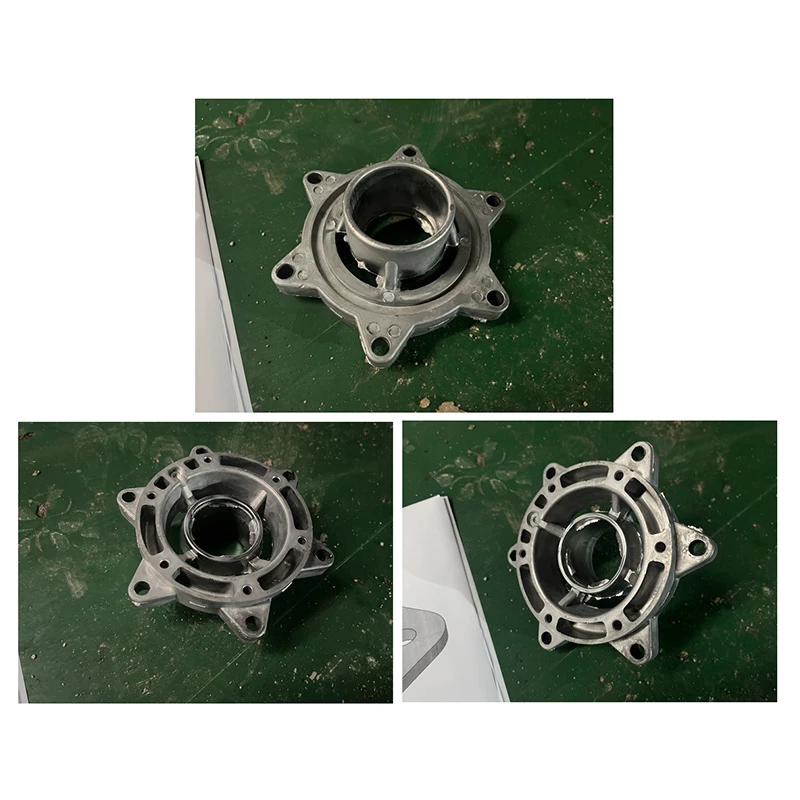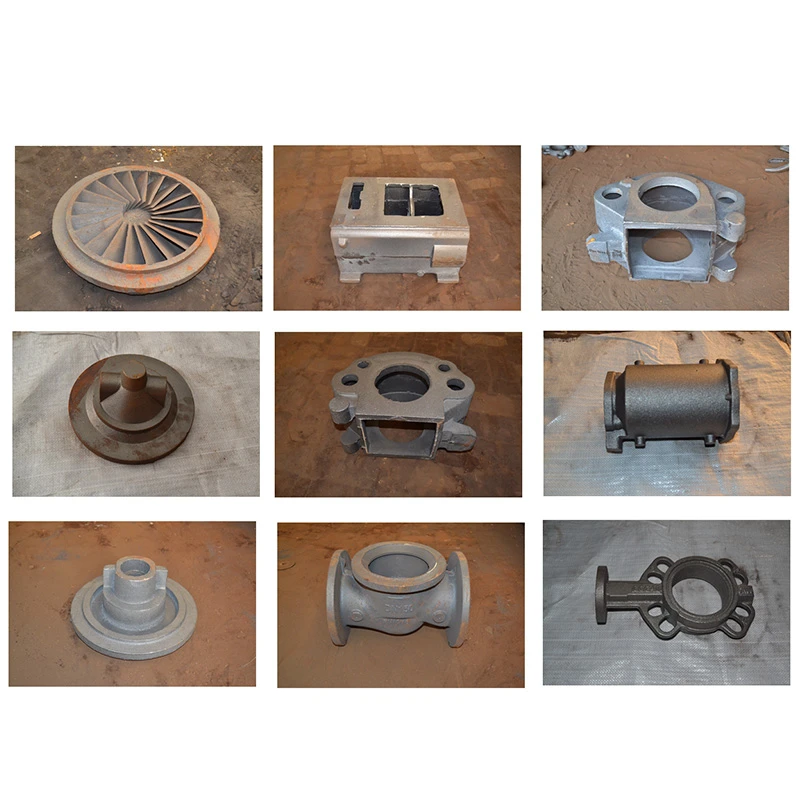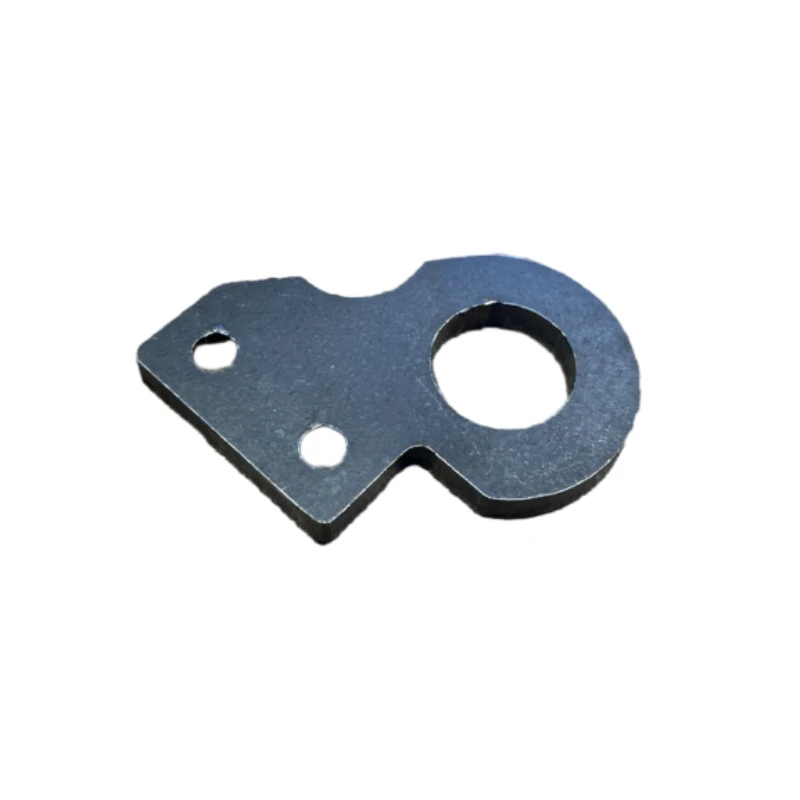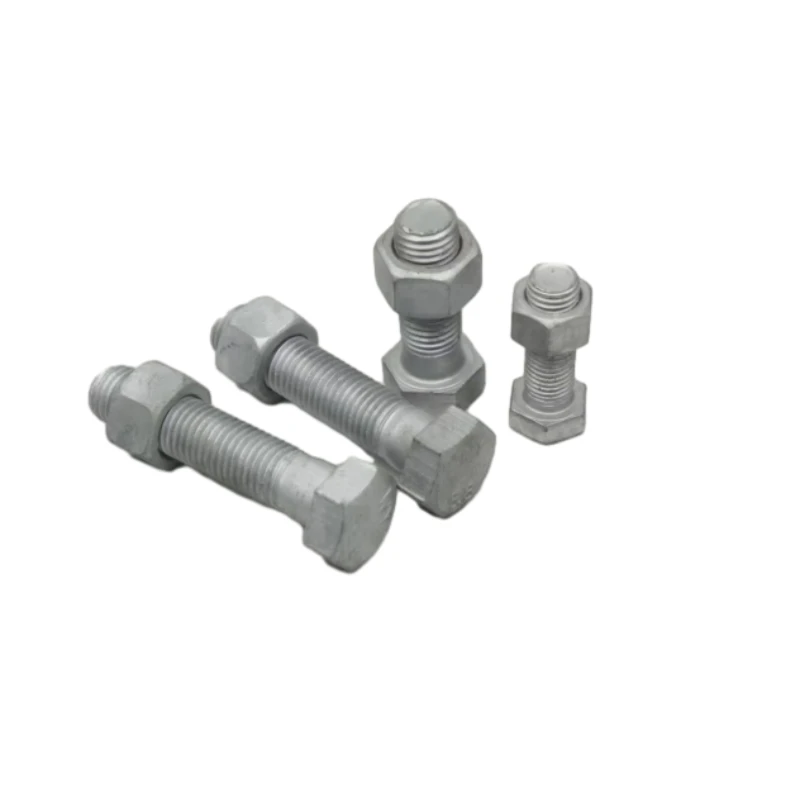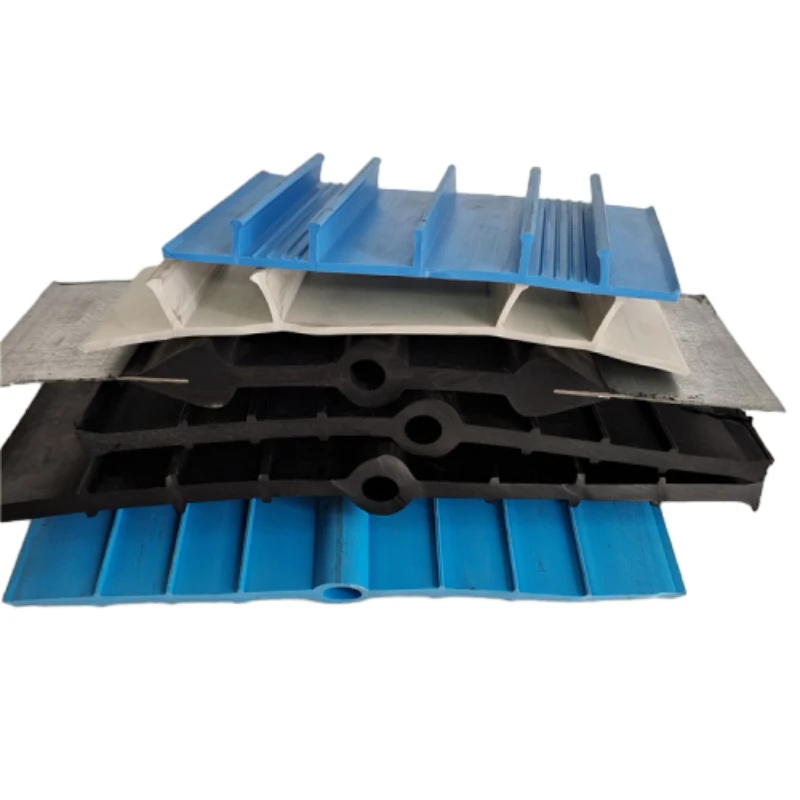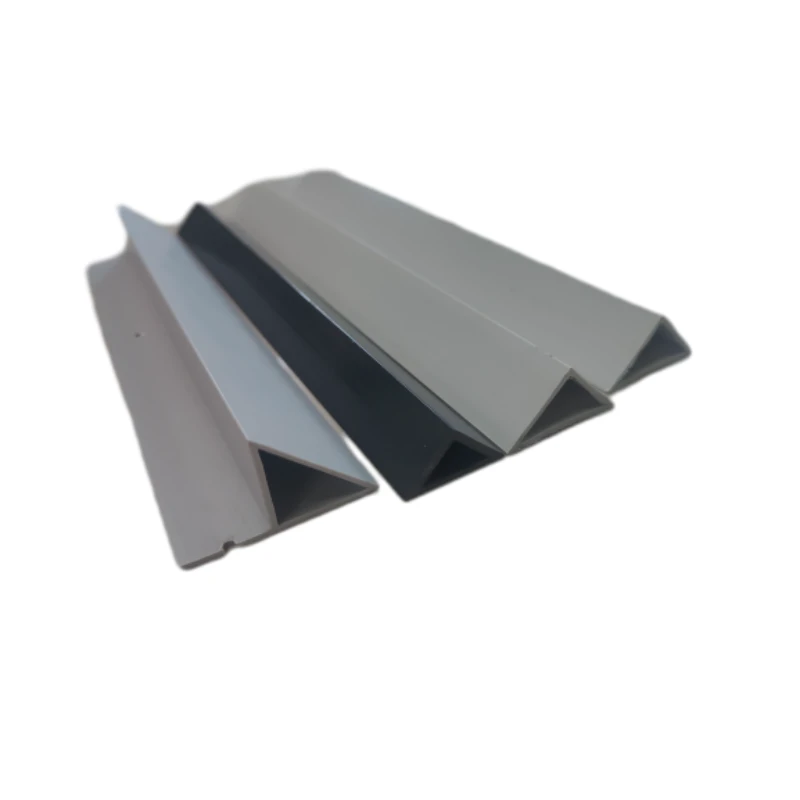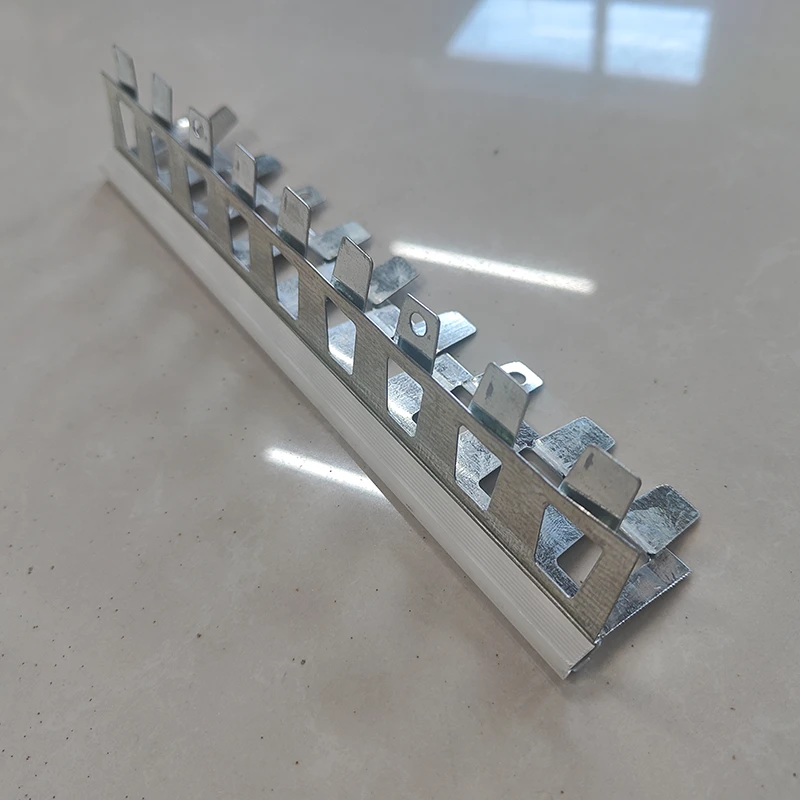- Phone: +86 132 8320 1810
- Email: annie@wrkgroup.ltd
-
- Afrikaans
- Albanian
- Amharic
- Arabic
- Armenian
- Azerbaijani
- Basque
- Belarusian
- Bengali
- Bosnian
- Bulgarian
- Catalan
- Cebuano
- China
- China (Taiwan)
- Corsican
- Croatian
- Czech
- Danish
- Dutch
- English
- Esperanto
- Estonian
- Finnish
- French
- Frisian
- Galician
- Georgian
- German
- Greek
- Gujarati
- Haitian Creole
- hausa
- hawaiian
- Hebrew
- Hindi
- Miao
- Indonesian
- Italian
- Japanese
- Javanese
- Malay
- Persian
- Portuguese
- Punjabi
- Russian
- Spanish
- Swahili
- Telugu
- Vietnamese
يوليو . 05, 2025 06:16 Back To List
High-Strength Form Tie Formwork System for Concrete Walls Durable & Easy Installation
- Introduction to form tie formwork
in modern construction - Technological advantages of form tie formwork systems
- Form tie formwork manufacturers: global comparison
- Customization solutions in concrete wall form tie products
- Real-world case studies: Applications of form tie formwork
- Critical considerations in selecting form tie formwork
- Conclusion: Future trends in form tie formwork systems
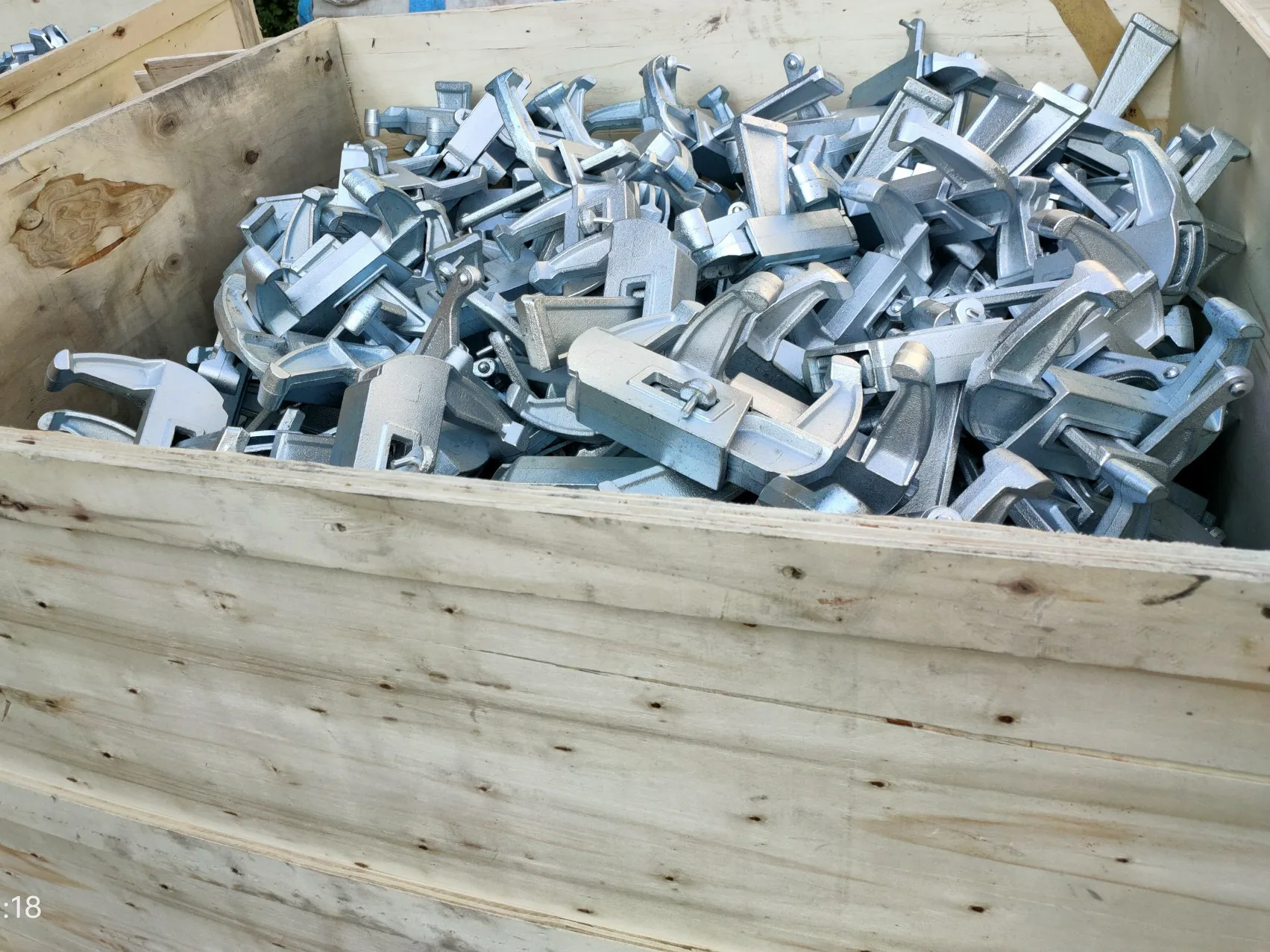
(form tie formwork)
Introduction to form tie formwork and Its Importance
In the evolution of modern construction, form tie formwork sits at the core of rapid, safe, and high-quality concrete wall construction. As urbanization intensifies and project scales expand, demand for systems that combine structural robustness with efficient execution has never been higher. With the emergence of high-rise developments and infrastructure projects, the utilization of reliable form tie formwork systems ensures that lateral forces exerted during concrete pours are safely managed, leading to superior flatness and structural performance. Recent industry statistics indicate that over 80% of mid-to-large scale building projects in North America and Europe have adopted advanced form tie formwork solutions, demonstrating a significant trend toward optimized, safety-focused construction strategies.
Technological Advantages of Modern Form Tie Formwork Systems
The advancements in form tie formwork technology have revolutionized the efficiency, safety, and economy of concrete wall construction. Innovative locking mechanisms, corrosion-resistant materials, and modular system designs are now standard. For example, high-strength steel ties with yield strengths exceeding 500 MPa withstand substantial loads, allowing for greater concrete pour heights and minimizing risks of blowouts. Additionally, quick-release anchor solutions help contractors cut assembly and dismantling times by up to 30%, directly lowering labor costs. Modern systems also focus on reducing thermal bridging and improving reuse cycles; polyurethane and plastic components extend reuse capacity to 80 cycles, compared to approximately 30 cycles for traditional methods. Furthermore, form tie formwork systems support precise alignment and minimize surface defects, reducing the necessity for post-cast repairs by as much as 45% according to a 2021 sector benchmark study.
Comparative Analysis of Leading Form Tie Formwork Manufacturers
The competitive landscape for concrete wall form tie producers is diverse, with major brands offering unique features and benefits. Below is a comparison table summarizing key metrics for selected global manufacturers:
| Manufacturer | Material Strength (MPa) | Cycle Lifetime | Reusability Index | Time Savings (%) | Price (USD/unit) |
|---|---|---|---|---|---|
| Doka | 550 | 80 | Ultra High | 32 | 5.50 |
| Peri | 540 | 70 | Very High | 31 | 4.75 |
| MEVA | 560 | 85 | Ultra High | 33 | 5.80 |
| ULMA | 530 | 65 | High | 29 | 4.90 |
| Symons | 500 | 60 | Standard | 25 | 4.30 |
The differences highlight the need for stakeholders to match system selection with project requirements. While leading European brands like Doka and MEVA focus on cycle life and robust performance, other manufacturers such as Symons present cost-effective solutions optimal for smaller projects.
Customization Options in Form Tie Formwork for Concrete Walls
Customization has emerged as an essential aspect for clients seeking optimal use of form tie formwork. Suppliers offer tailored lengths, breaking loads, and anti-corrosive finishes suited to site-specific requests. For instance, projects subjected to marine or caustic environments can specify Dacromet or hot-dip galvanized treatments, extending product life by up to 250%. Adjustable tie rods and plastic cones are routinely engineered for irregular wall thicknesses, reducing the need for on-site modifications. The level of personalization even extends to modular tie systems that integrate seamlessly with wall thicknesses from 120mm up to 800mm without a decline in structural performance. Customization not only streamlines installation but also enhances safety compliance, aligning with both EN 1992-1-1 and ASTM C1107 standards.
Real-World Implementation: Case Studies of Concrete Wall Form Tie Systems
Case studies across global regions underscore the versatility and efficacy of concrete wall form tie innovations:
- High-Rise Residential in Singapore (2023): Utilized 15,000 units of advanced form tie formwork, reducing wall construction time by 27%. Results included improved flatness ratings and a decrease in post-cast surface corrections by 40%.
- Hydroelectric Dam in Norway (2021): Deployed heavy-duty form tie systems with a 500 kN load capacity, supporting 10m wall heights without deformation. Environment-resistant coatings prolonged service life in sub-arctic conditions.
- Commercial Mall in Texas (2022): Employed cost-efficient form ties from local manufacturers, achieving a 19% lower material cost while maintaining required safety factors. Contractors reported reduced formwork loss and higher productivity.
- Bridge Piers in Germany (2021): Integrated modular tie anchors aligning with pre-stressed concrete requirements, allowing for quick modification during unexpected design changes—a process that would otherwise delay completion by several weeks.
These examples highlight how clients leverage concrete wall form tie advancements to drive project success.
Key Considerations When Selecting a Form Tie Formwork System
Choosing the right form tie formwork system entails a balance of technical, budgetary, and logistical factors. Load-bearing requirements, project duration, formwork cycle frequency, and exposure environment must all be evaluated. Technical support from the supplier, ease of installation, compatibility with existing formwork panels, and compliance with safety standards further influence long-term performance and project profitability. Recent surveys of construction managers found that over 70% prioritize reusability and rapid assembly when specifying form tie products, while 65% cited corrosion resistance as a top concern in humid or coastal locations. The optimal selection strategy integrates objective metrics, supplier track records, and tailored product options for maximum ROI.
Conclusion: The Future of Form Tie Formwork Systems
As the construction industry continues to raise the bar on efficiency, quality, and sustainability, form tie formwork systems will play a pivotal role in shaping future projects. With ongoing innovations in high-performance materials, digital design integration, and environmental resilience, stakeholders can anticipate safer, faster, and more economical building processes. The progression toward smart monitoring—incorporating sensors to track wall pressures and temperature in real-time—will soon enable preventative adjustments, further safeguarding structural integrity. In summary, the data-driven optimization and expanded customization now available in form tie formwork systems make them an indispensable tool for forward-thinking builders and engineers worldwide.
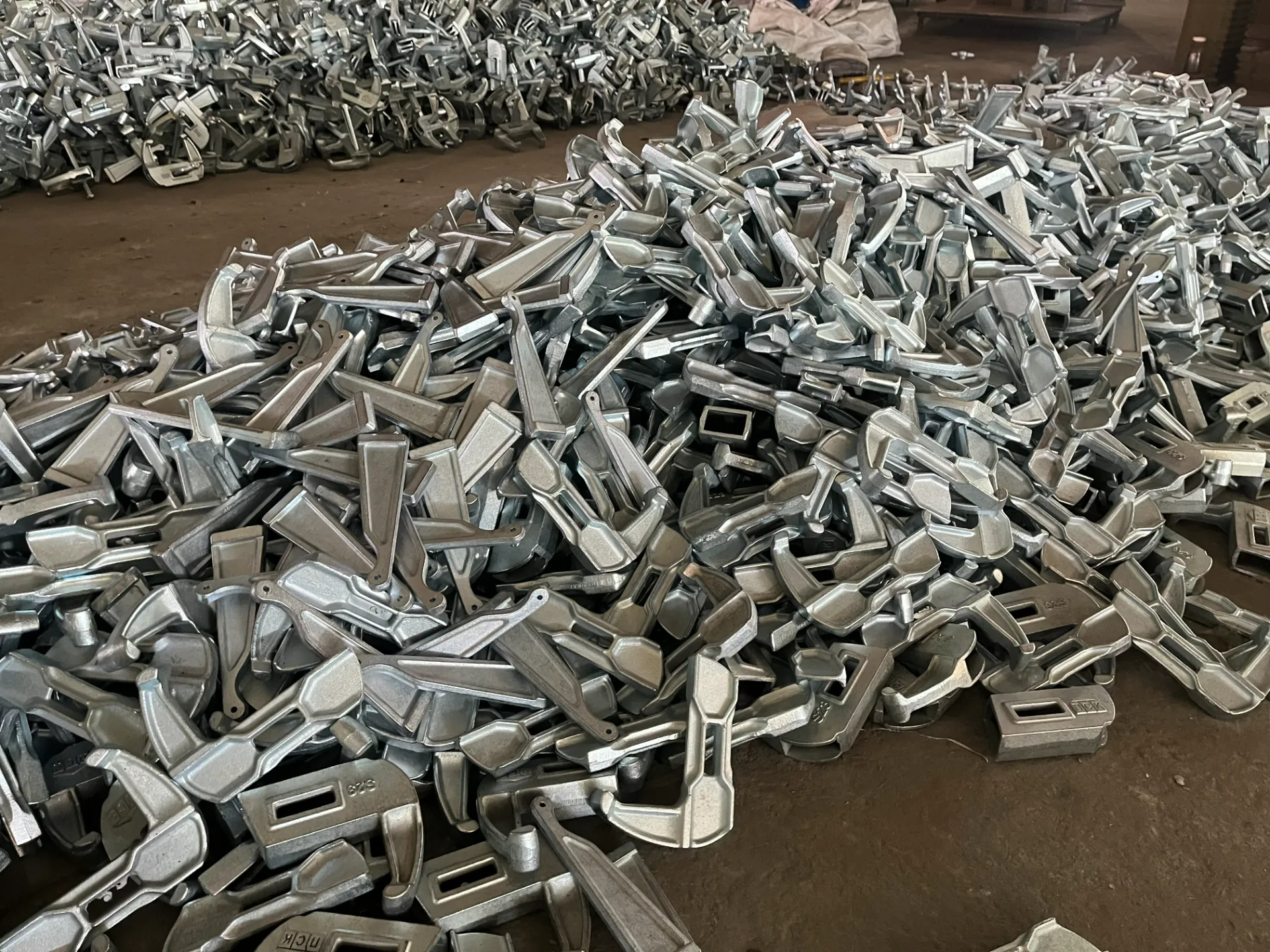
(form tie formwork)
FAQS on form tie formwork
Q: What is a form tie formwork system?
A: A form tie formwork system is a set of components used to hold formwork panels in place during concrete pouring. It ensures the proper shape and strength of the structure by keeping the formwork stable and secure. Form ties are especially important for concrete wall construction.Q: How do concrete wall form ties work?
A: Concrete wall form ties connect opposing formwork panels, preventing them from spreading apart under concrete pressure. They maintain the correct spacing and help achieve smooth, uniform walls. After the concrete cures, some form ties can be removed or left embedded.Q: What types of form ties are used in formwork?
A: There are several types of form ties, including wire ties, flat ties, and rod ties. Each type is designed for specific formwork and concrete wall requirements. Choice depends on strength, reusability, and removal options.Q: Why are form ties important in concrete construction?
A: Form ties are essential to ensure structural stability during the pouring and curing of concrete walls. They prevent formwork failure and bulging, ensuring safety and the desired wall dimensions. Proper use of form ties results in a high-quality finish.Q: Can form ties be reused in form tie formwork systems?
A: Some form tie systems are designed for multiple uses, such as steel rod and certain flat ties. However, others, like wire ties, are meant for single-use only. Always follow manufacturer instructions regarding reuse for safety and performance.Latest News
-
Tiny Nuts and Bolts for Precision Projects Complete Nuts, Bolts, and Washers SetsNewsJul.08,2025
-
High Quality SS Bolt Nut Washer - Durable Fastening Solutions for IndustriesNewsJul.08,2025
-
High Quality Slotted Hex Nut – Durable M12 Hex Nut & Slotted Bolt Compatible FastenerNewsJul.07,2025
-
Best Shuttering Shikanja Price & Construction Materials – High Quality, Durable & AffordableNewsJul.07,2025
-
5 8 Lock Washer – Heavy Duty, Rust Resistant, Ideal for Secure FasteningNewsJul.06,2025
-
Best 1 16 Toggle Bolt - Heavy Duty Anchors 3 Inch, 8 Inch Toggle Bolt & Wing Nut SolutionsNewsJul.06,2025

